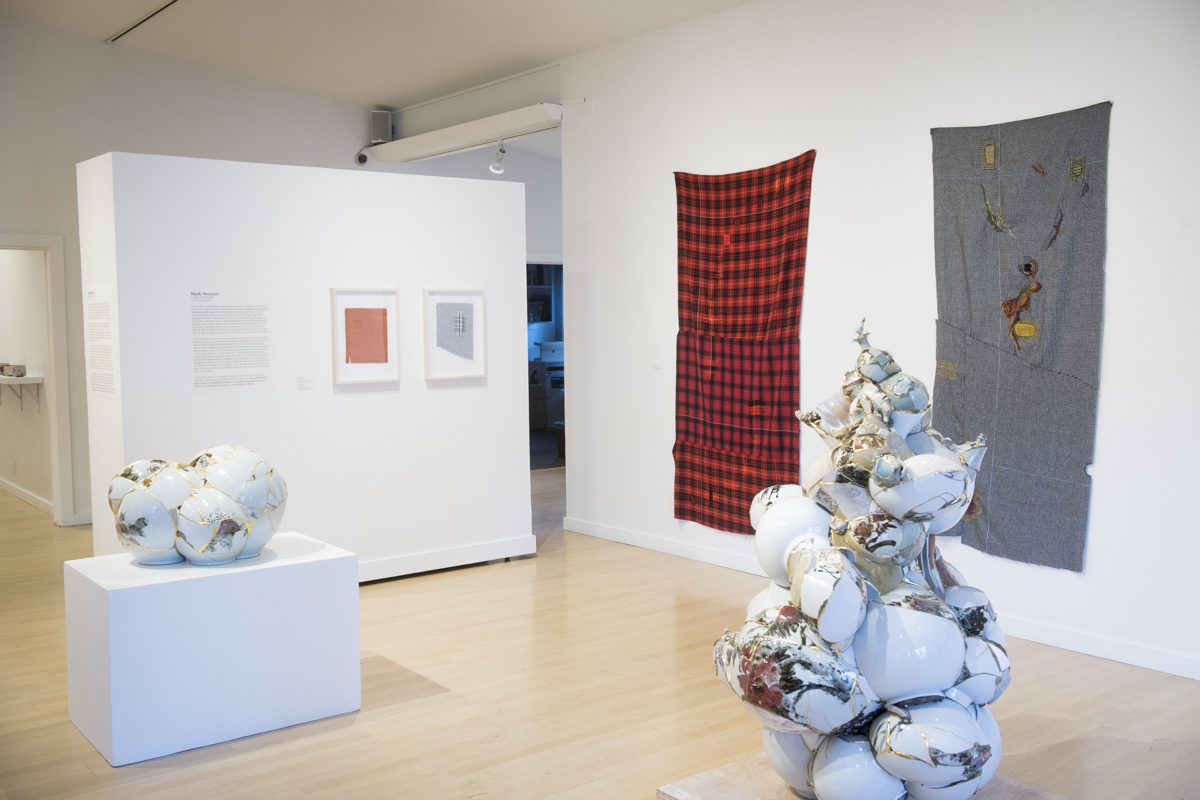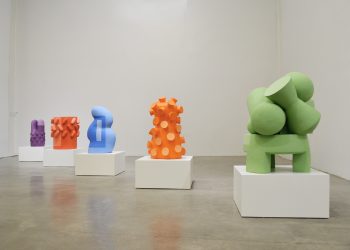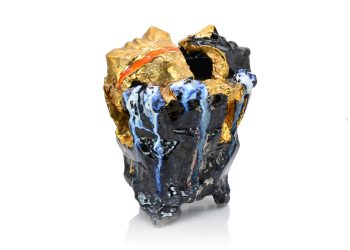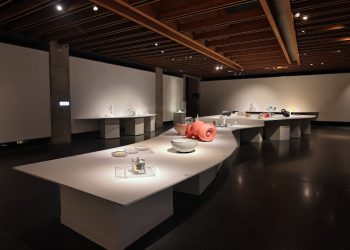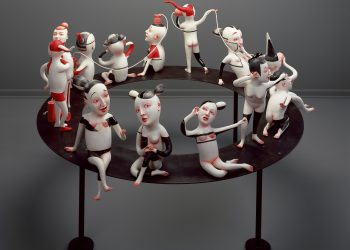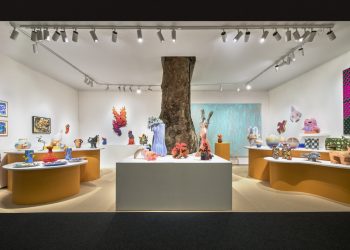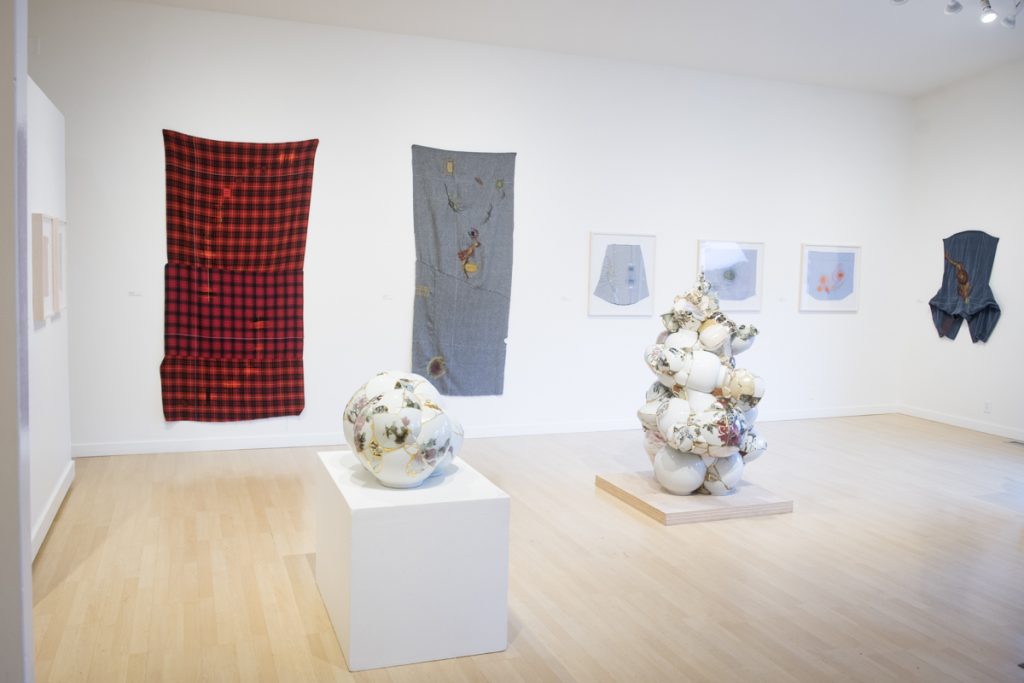
Installation view 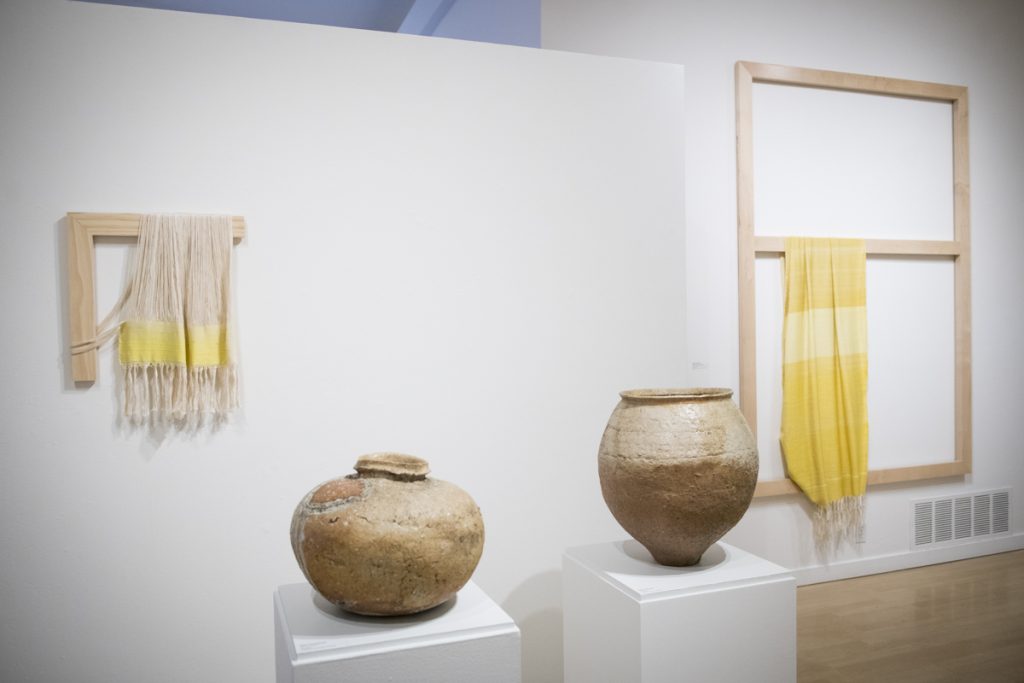
Installation view 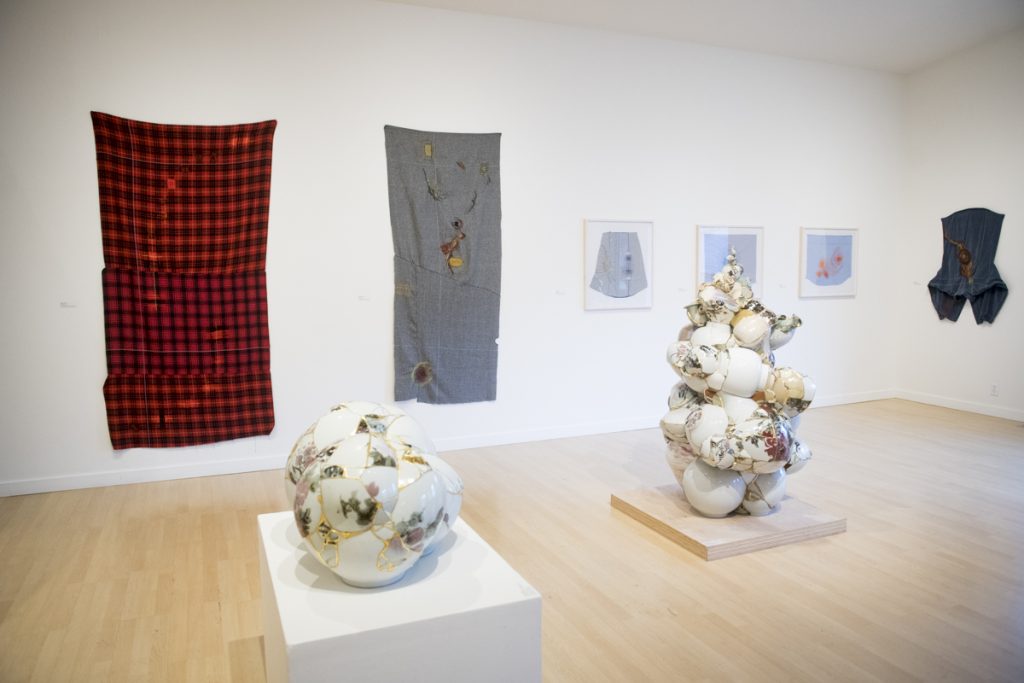
Installation view 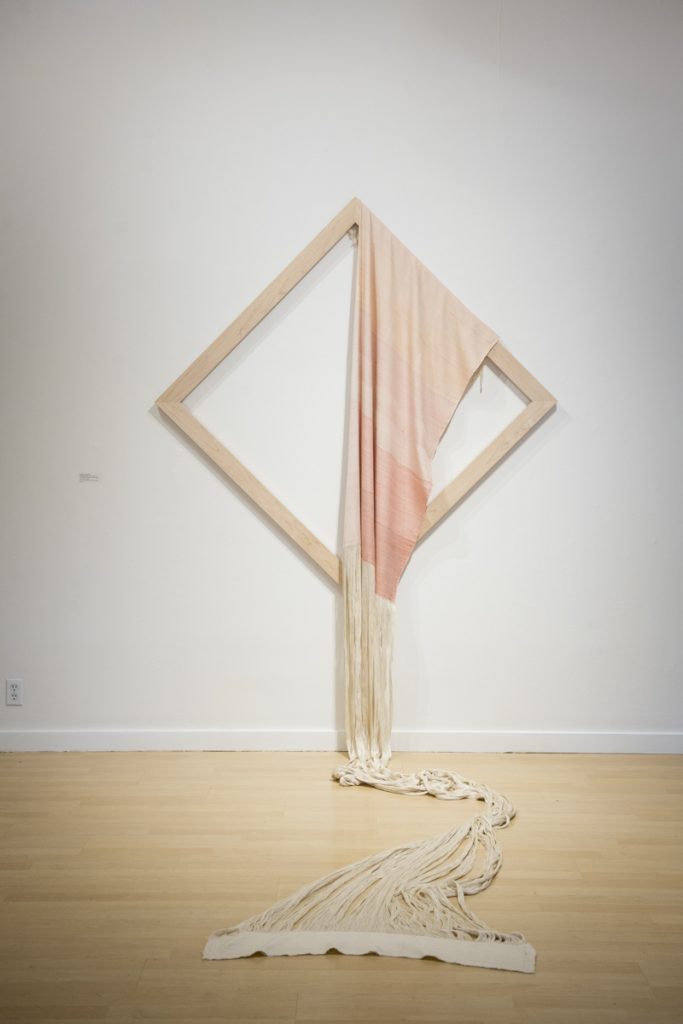
Frances Trombly, Untitled (Exposed Warp), 2015 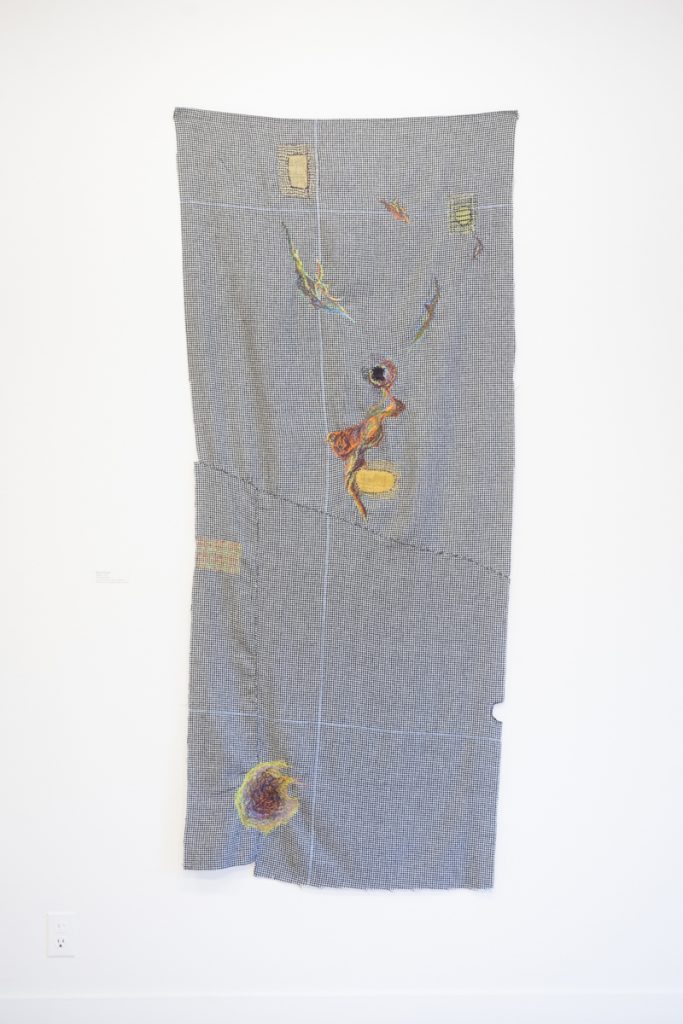
Frances Trombly, Weaving (Madder, All This Time), 2020 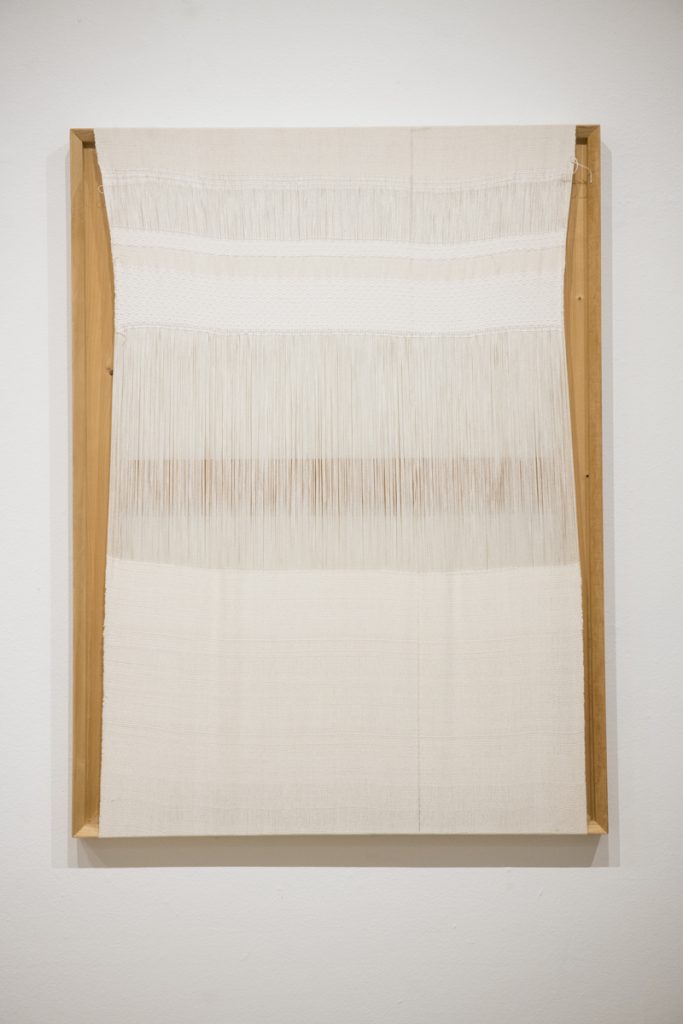
Mark Newport, Amends 1, 2018 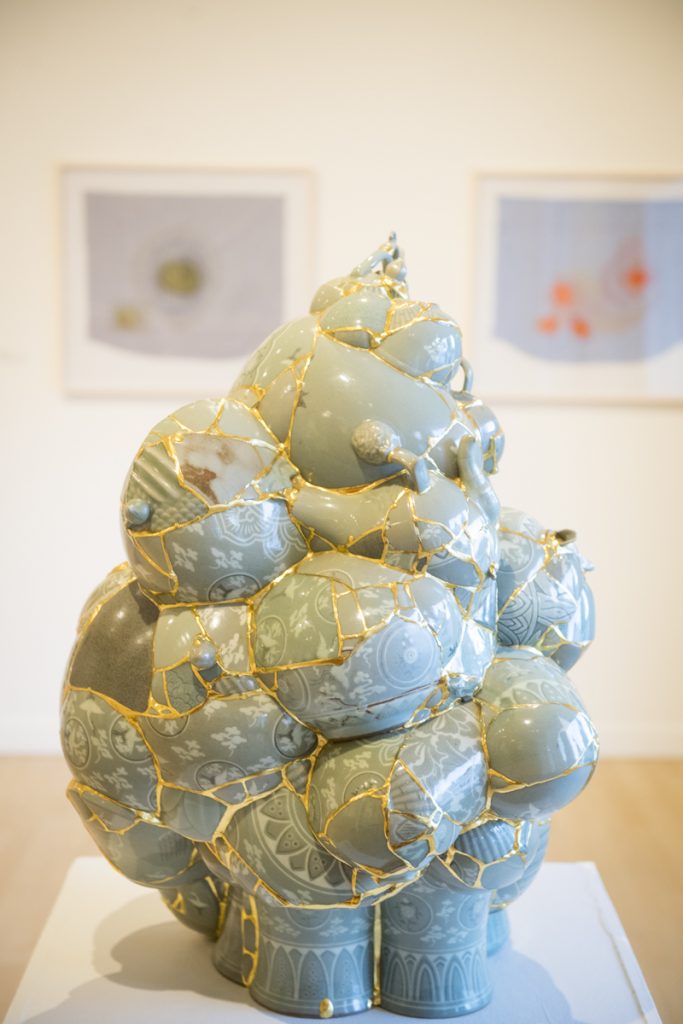
Yeesookyung, Translated Vase (2013 TVG5), 2013 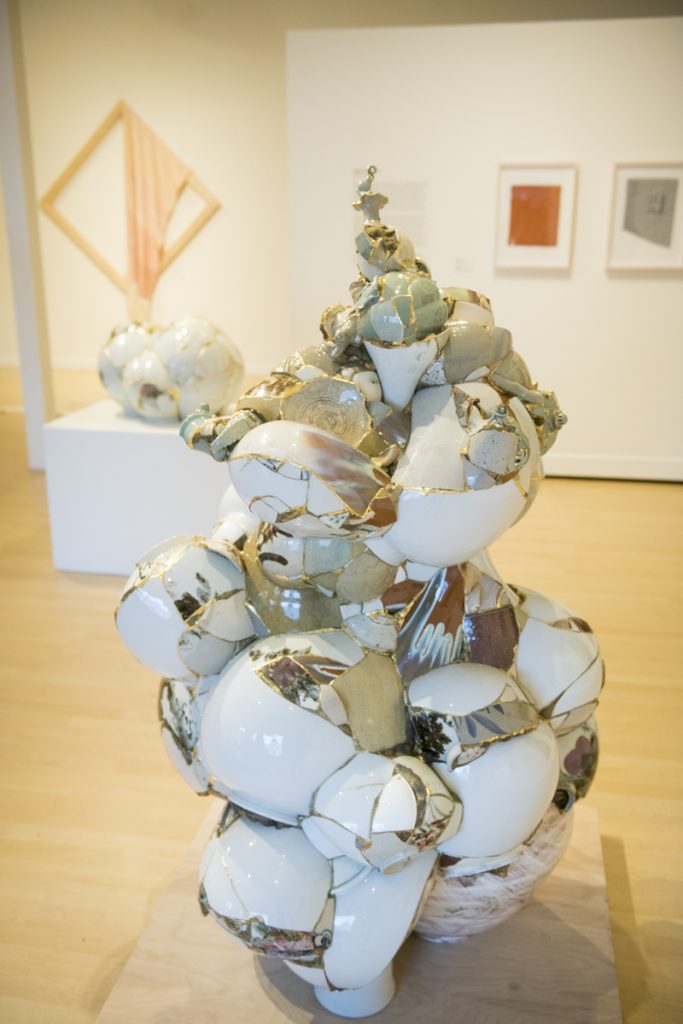
Yeesookyung, Translated Vase (2014 TVW24), 2014 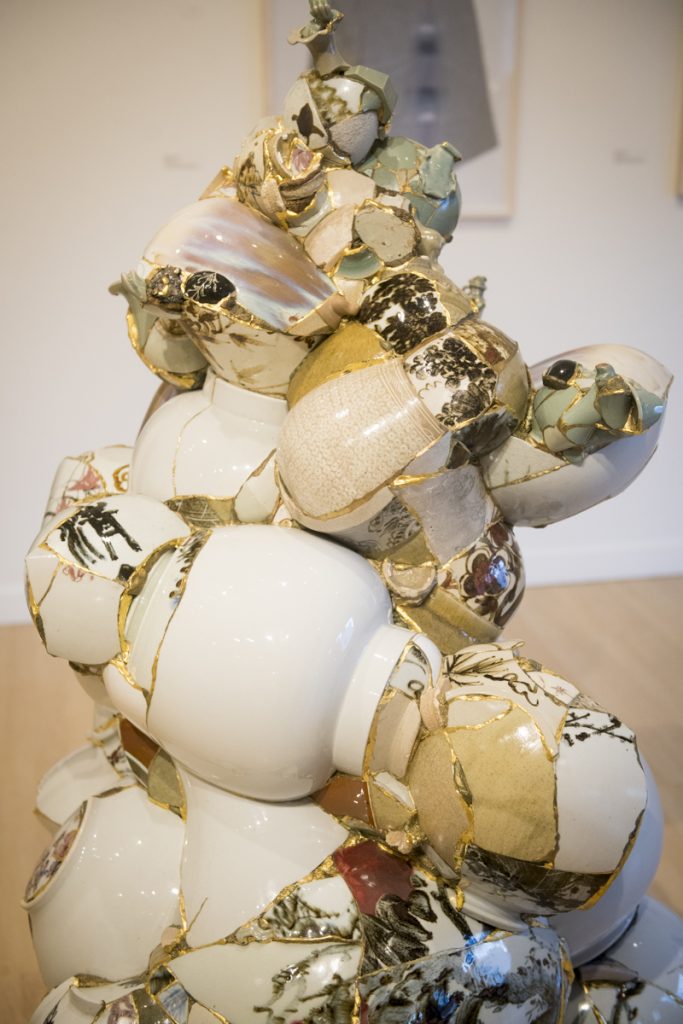
Yeesookyung, Translated Vase (2014 TVW24), 2014 
Mark Newport, Tuck, 2019 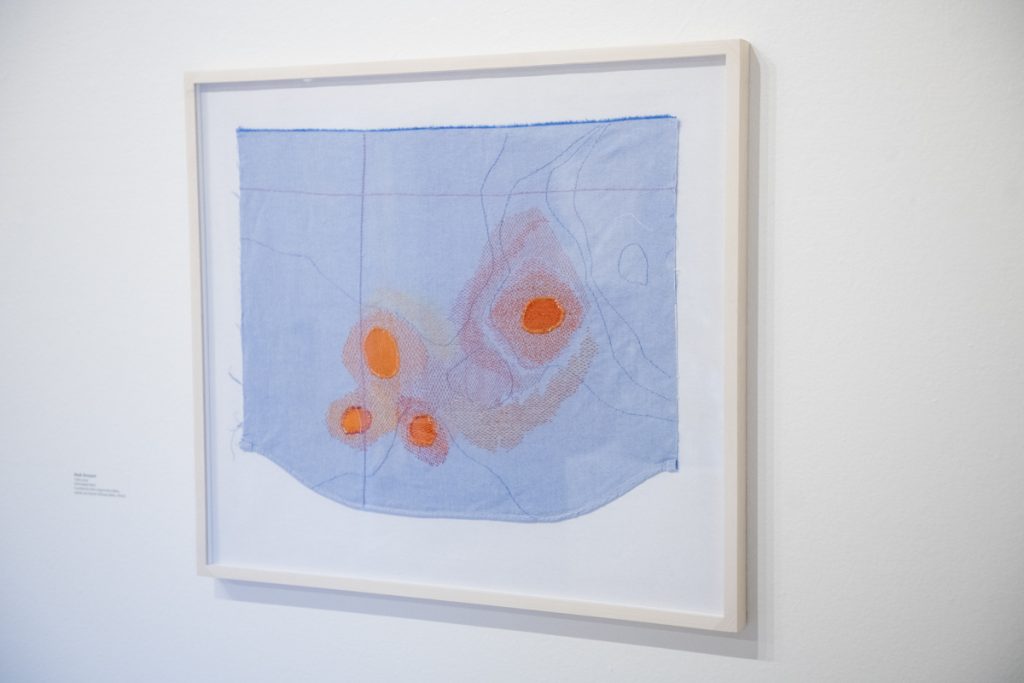
Mark Newport, Tuck 2, 2019 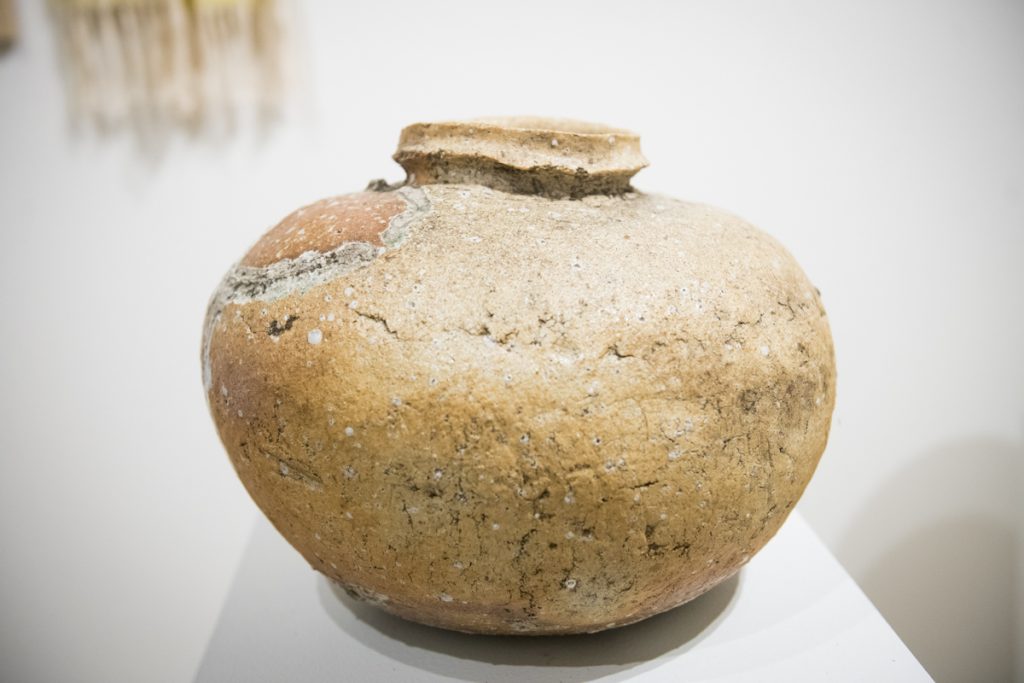
Shiro Tsujimura, jar, c. 2000 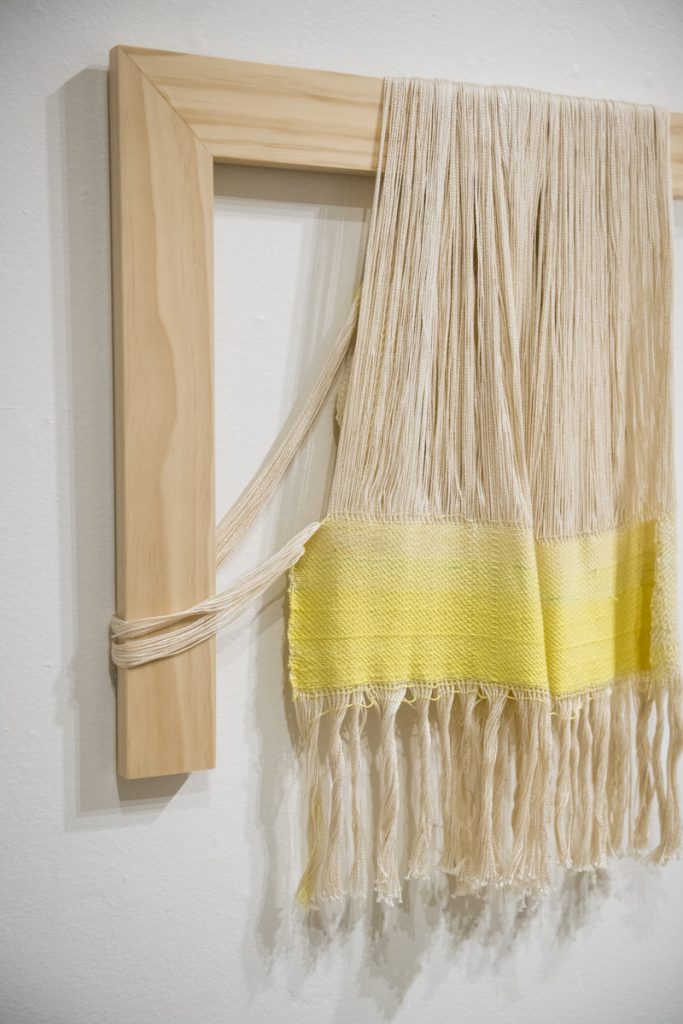
Frances Trombly, Weaving (Weld with Canvas Warp), 2020 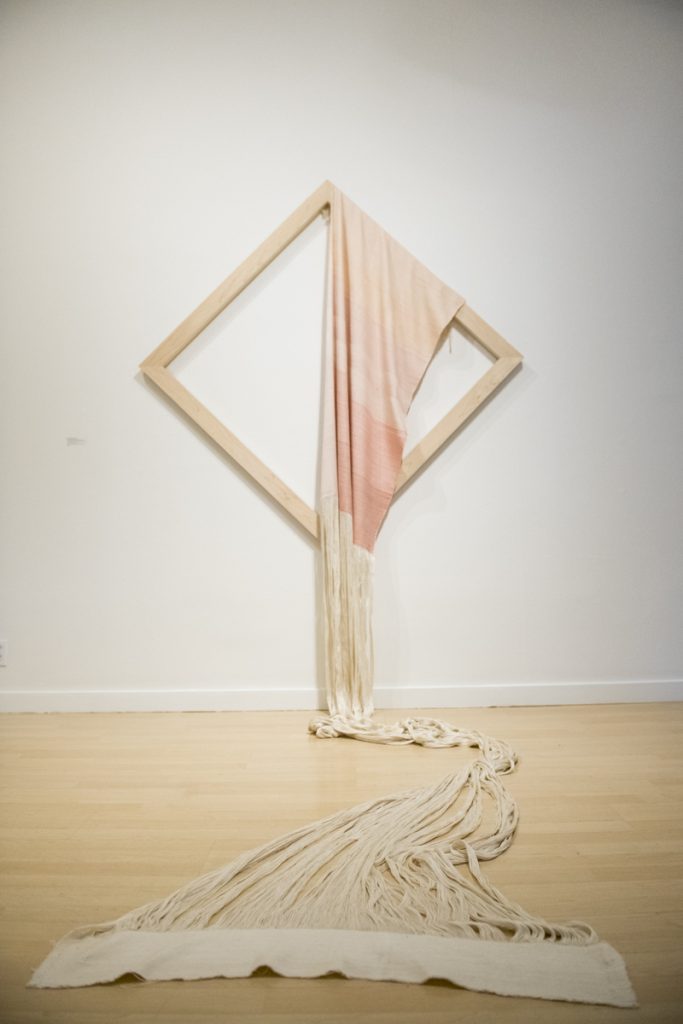
Frances Trombly, Weaving (Madder, All This Time), 2020 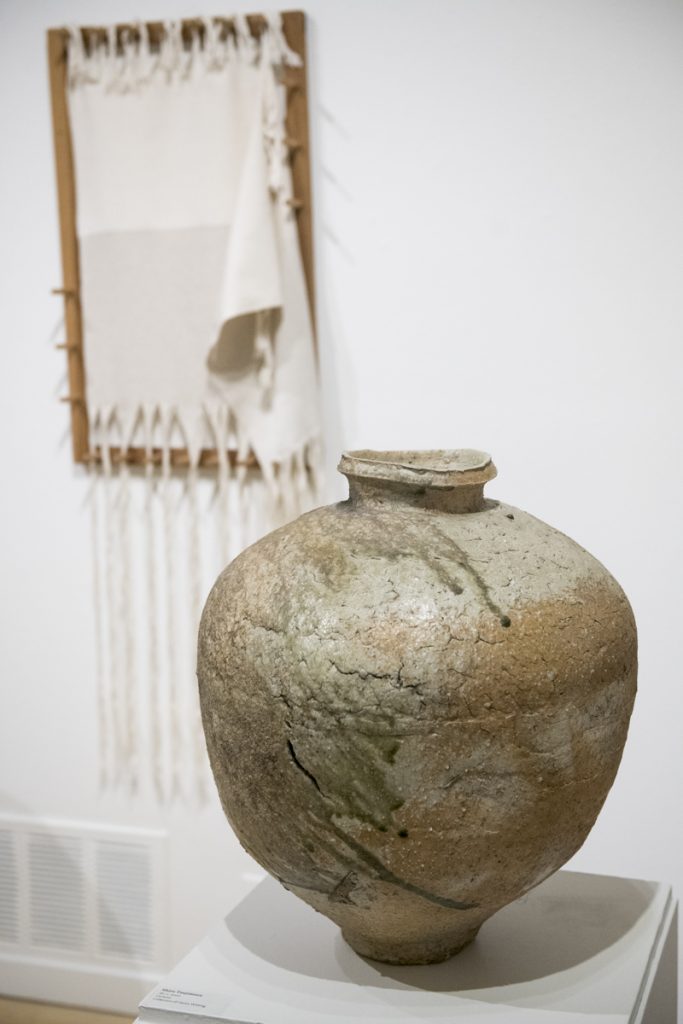
Installation view 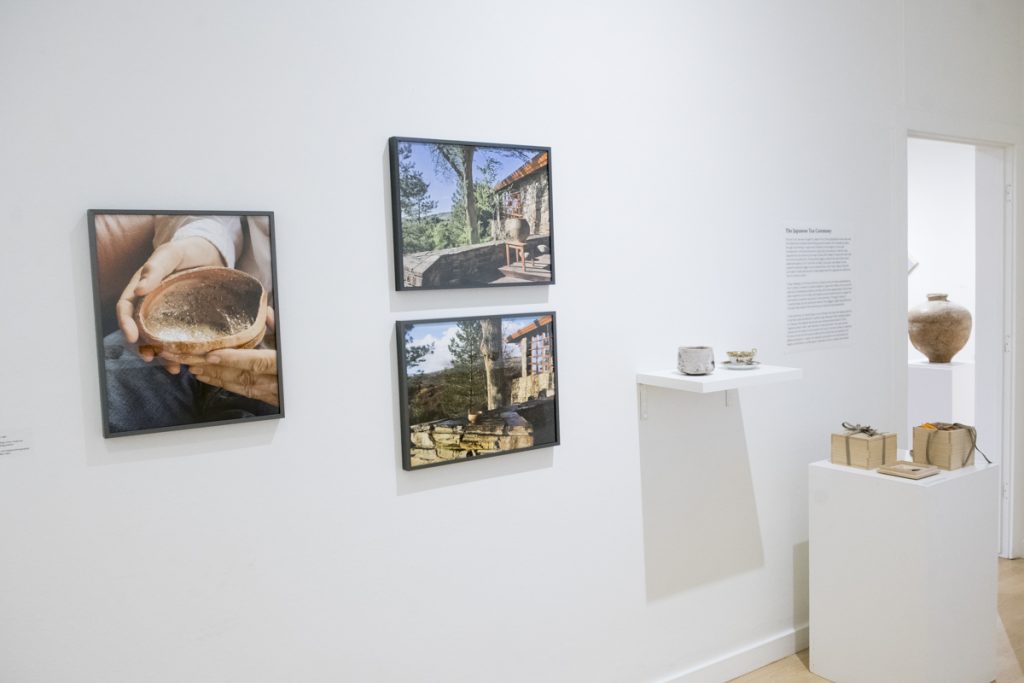
Installation view 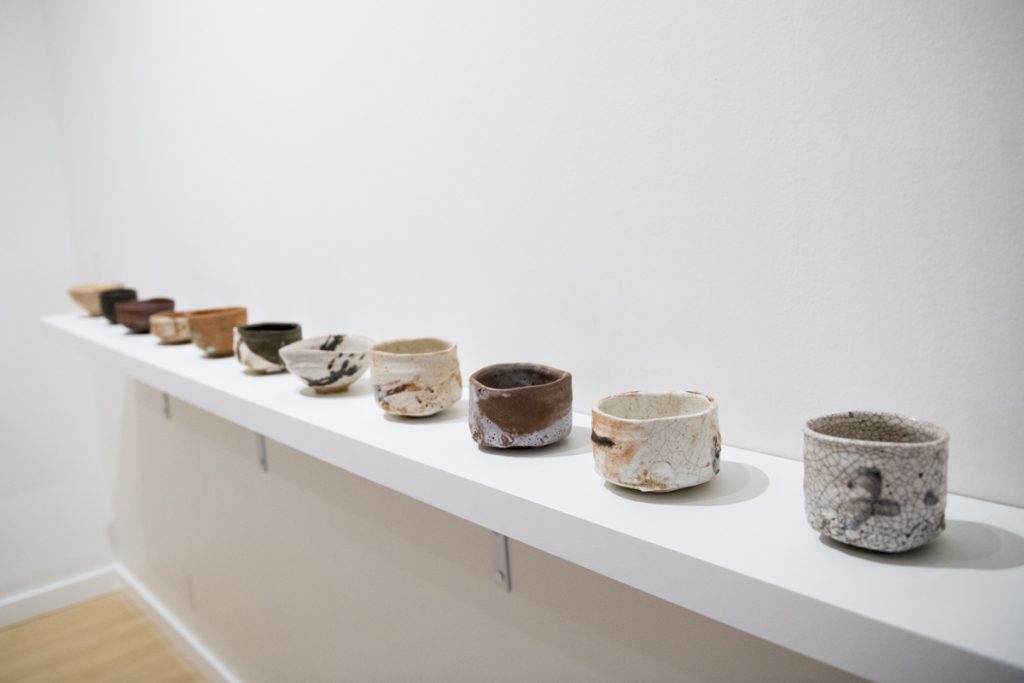
Shiro Tsujimura, teabowls, c. 2015 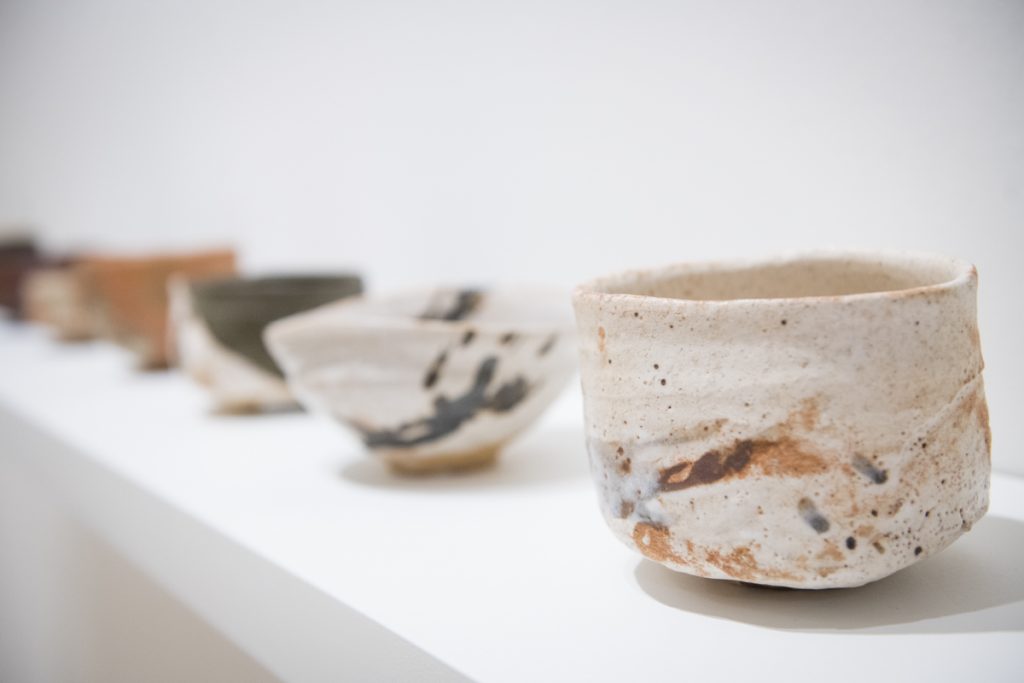
Shiro Tsujimura, teabowls, c. 2015 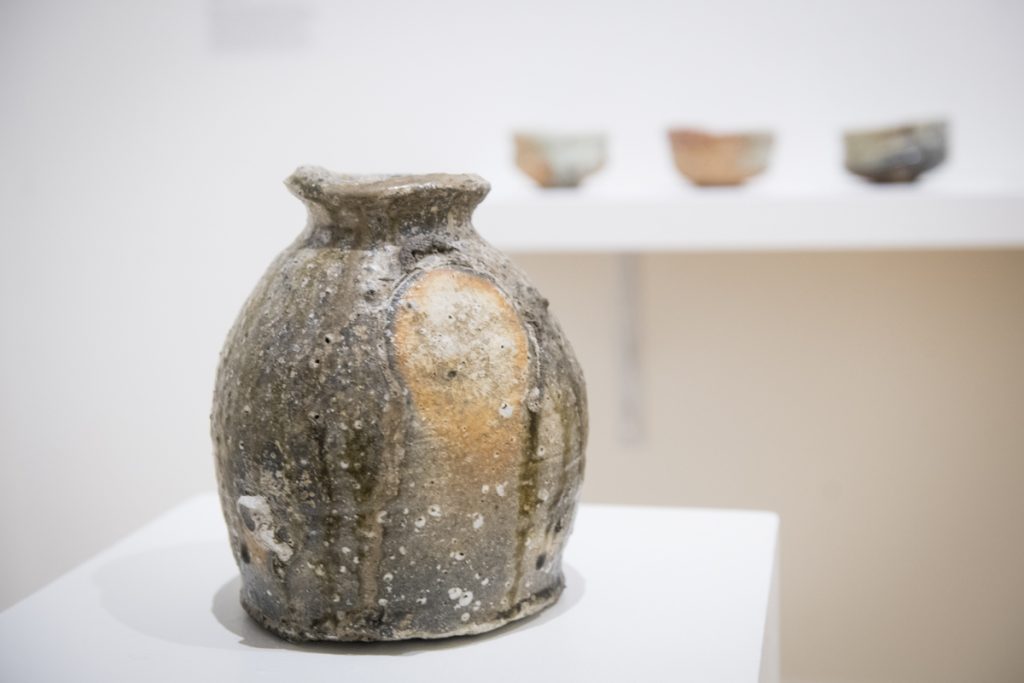
Shiro Tsujimura, jar, c. 2000 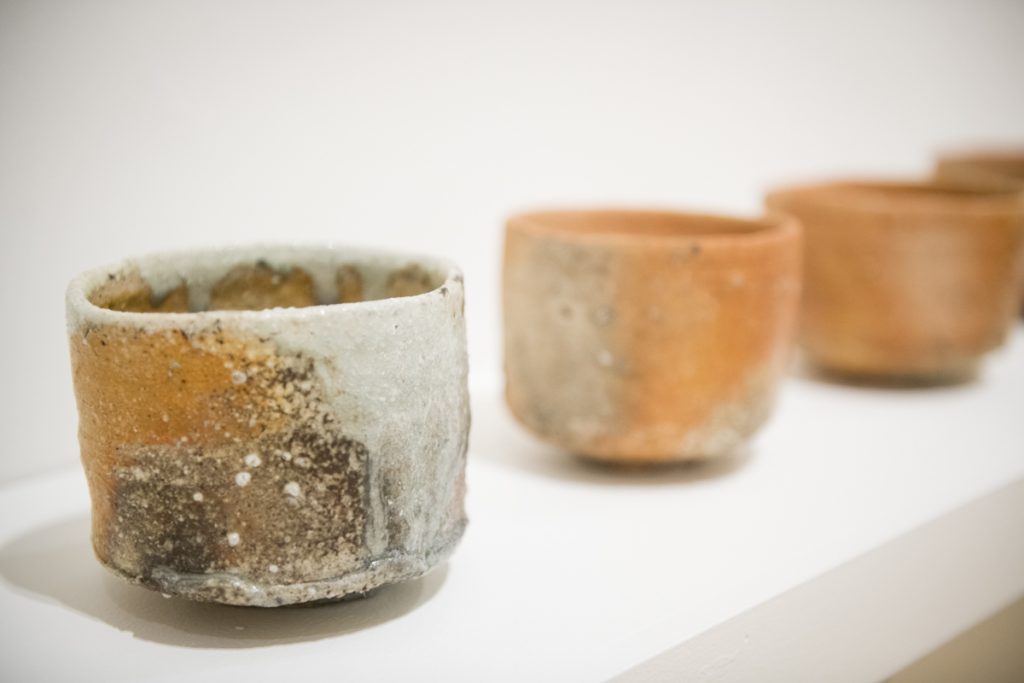
Shiro Tsujimura, teabowls, c. 2015 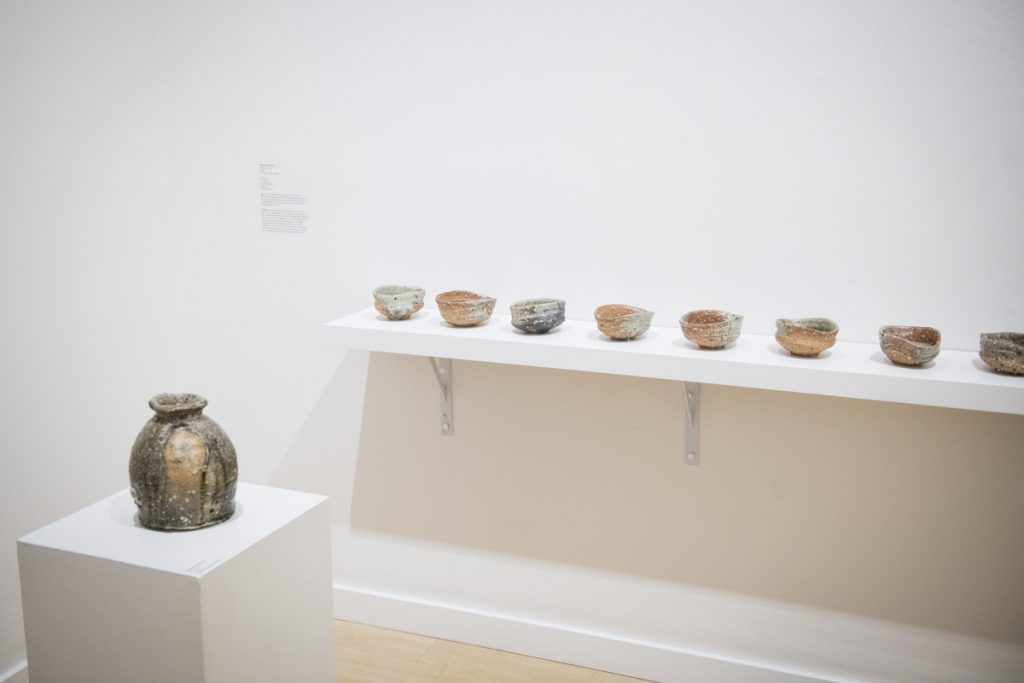
Installation view 
Installation view 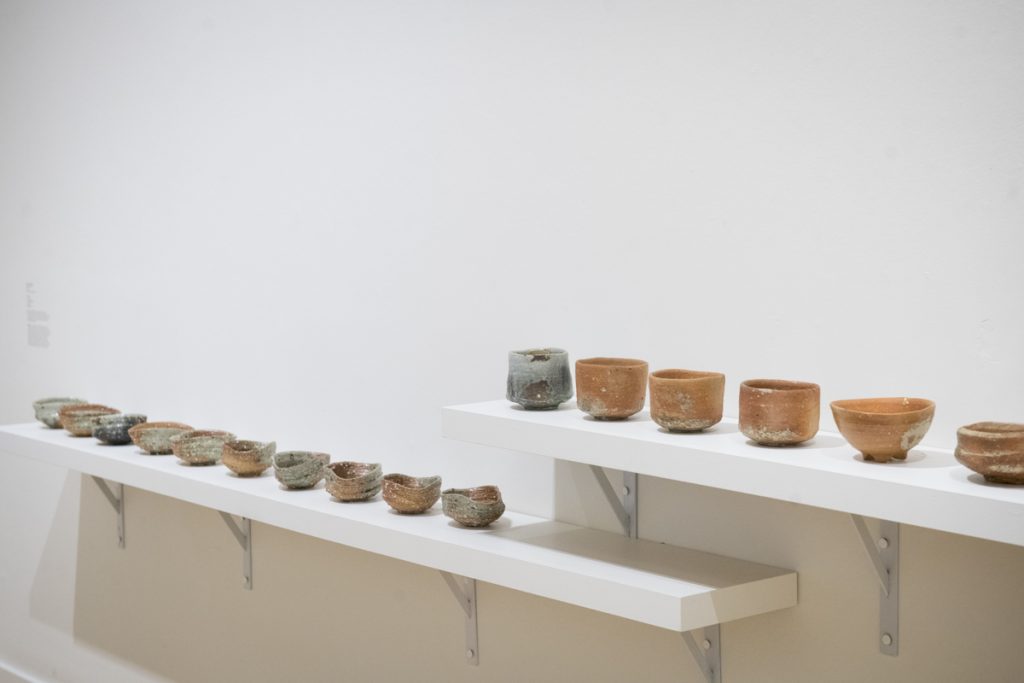
Installation view
Wabi Sabi is on view at Sun Valley Museum of Art, Ketchum, Idaho
January 14 – March 26, 2022
Sun Valley Museum of Art (SVMoA) invites the community to participate in its new visual arts exhibition, “Wabi Sabi,” opening Friday, Jan. 14. The exhibition, which runs through March 26, features artwork by four artists with widely differing histories and cultural traditions, each approaching their work with a respect for the concepts embedded in wabi sabi. With roots in Zen Buddhism, “wabi” translates as “incomplete” or “imperfect” and refers to the beauty found in asymmetric, simple, quiet forms; “sabi” describes the enhancements of aging, irregularity and the impermanence of all things. Nuanced and reflective, the aesthetic is linked to solitude and contemplation.
This exhibition takes the traditional Japanese aesthetic of wabi sabi, which is both a philosophy and a design approach, into the 21st century, exploring the ways that mending and repair, restoration and transience remain compelling notions for many artists.
SVMoA’s Artistic Director, Kristin Poole, curated the exhibition. “Each of the artists in the exhibition makes objects that celebrate natural, unrefined and imperfect forms,” she commented. “Mark Newport and Yeesookyung repair and reimagine new objects out of damaged or broken ones. Their fragmented, colorful, mended pieces celebrate ideas of renewal. A respect for nature and purity of material is evident in Shiro Tsujimura’s ceramic work and in Frances Trombly’s fiber pieces. Both artists approach their practice with a deep commitment to their medium and a desire to simplify form while challenging tradition.”
MUSEUM EXHIBITION
Often defined as flawed beauty, the wabi sabi aesthetic connotes asymmetry, awkwardness and evidence of the forces of nature and time. It embraces the unconventional and broken as beauty—reminders of the world’s fragility and transience. The four artists in this exhibition come from diverse traditions. Based in East Asia, Yeesookyung and Shiro Tsujimura bring an innovative approach to ceramics in places where cultural practices are rigorously prescribed. American artists Mark Newport and Frances Trombly have each chosen the medium of fiber, historically perceived in the Western world as a lesser art, relegated to female and craft traditions. Whether raised in the East, where ideas of imperfection and wabi sabi have been cultivated for centuries, or with Western ideals of beauty and perfection, each of these artists makes art that is unconventional, raw and, in its imperfection, deeply appealing.
Transforming ripped, torn or worn pieces of cloth, Mark Newport emphasizes the place of repair with enhanced stitchery that leads to new patterns, bursts of color and a reconsideration of original form. Newport sometimes refers to his threads as stitches or scars, and while he employs traditional darning techniques, he defies the expectation that the repair should be blended in to hide the tear. Instead, Newport accentuates the “wound,” introducing new colors or textures into the host cloth.
Notions of renewal and restoration are also present in Yeesookyung’s ceramic vessels. She carefully assembles remnants of discarded Korean pots into wholly new forms, employing the traditional method of kintsugi—drawing attention to the place of repair with conspicuous lines of gold lacquer clearly articulating where one pot shard meets the next. In assembling disparate pieces from multiple originals, Yeesookyung presents these pieces anew in precarious and irregular new forms.
Shiro Tsujimura’s ceramic objects are uncontrived, simple forms with rustic surfaces that are enhanced by the clay’s imperfections and the fire’s trace. This collection of teabowls has been assembled by Henry Whiting, who chose them to complement the Frank Lloyd Wright studio in which he lives in Bliss, Idaho. The simplicity and purity of the Japanese aesthetic resonated with Wright, and so too with Whiting. Tsujimura’s teabowls, which at first appear simple and alike, are each unique shapes; every element of the pot is meant to be noticed as it nestles into two hands for tea drinking. Tsujimura’s teabowls are aligned with Japanese traditions that are centuries old but, made by an artist who came to ceramics without the restrictions imposed by a traditional apprenticeship, reflect an iconoclastic approach that allows him to work in multiple clay bodies and traditions.
Frances Trombly’s hand-woven textiles speak to a different kind of purity. She uses color sparingly, allowing the weave and warp of the material to create surface. Presented as sculptures, the bare fabrics drape and flow around simple wooden structures, some of which suggest painting’s armature. She presents material in its barest, most essential form and leaves glitches or mistakes evident, emphasizing the relationship between maker and form and honoring the time necessary for the labor.
The Museum also invites the community to learn more about the exhibition by participating in related events. Check the museum’s website for more information.
Walk-in visitors are always welcome, but those who would like to learn more about the exhibition may arrange free private tours for families and small groups. Private tours are available in English and Spanish. To schedule a tour with SVMoA’s curators, visitors may call The Museum at 208.726.9491.
Contact
information@svmoa.org
Sun Valley Museum of Art
191 5th St E
Ketchum, ID 83340
United States
Photo captions:
- Installation view, artwork by Yeesookyung, courtesy Locks Gallery, Philadelphia, and Mark Newport, courtesy Greg Kucera Gallery, Seattle, and Simone DeSousa Gallery, Detroit
- Installation view, artwork by Yeesookyung, courtesy Locks Gallery, Philadelphia, and Mark Newport, courtesy Greg Kucera Gallery, Seattle, and Simone DeSousa Gallery, Detroit
- Installation view, artwork by Shiro Tsujimura, collection of Henry Whiting, and Frances Trombly, courtesy Emerson Dorsch, Miami
- Installation view, artwork by Yeesookyung, courtesy Locks Gallery, Philadelphia, and Mark Newport, courtesy Greg Kucera Gallery, Seattle, and Simone DeSousa Gallery, Detroit
- Frances Trombly, Untitled (Exposed Warp), 2015, handwoven, hand-dyed cotton, silk and wood, courtesy Emerson Dorsch, Miami
- Frances Trombly, Weaving (Madder, All This Time), 2020, handwoven, hand-dyed (Madder) silk and rayon, cotton, maple, courtesy Emerson Dorsch, Miami
- Mark Newport, Amends 1, 2018, embroidered fabric, courtesy Greg Kucera Gallery, Seattle, and Simone DeSousa Gallery, Detroit
- Yeesookyung, Translated Vase (2013 TVG5), 2013, ceramic shards, epoxy, 24 karat gold leaf, courtesy Locks Gallery, Philadelphia
- Yeesookyung, Translated Vase (2014 TVW24), 2014, ceramic shards, epoxy, 24 karat gold leaf, courtesy Locks Gallery, Philadelphia
- Yeesookyung, Translated Vase (2014 TVW24) (detail), 2014, ceramic shards, epoxy, 24 karat gold leaf, courtesy Locks Gallery, Philadelphia
- Mark Newport, Tuck, 2019, embroidered fabric, courtesy Greg Kucera Gallery, Seattle, and Simone DeSousa Gallery, Detroit
- Mark Newport, Tuck 2, 2019, embroidered fabric, courtesy Greg Kucera Gallery, Seattle, and Simone DeSousa Gallery, Detroit
- Shiro Tsujimura, jar, c. 2000, ceramic, collection of Henry Whiting
- Frances Trombly, Weaving (Weld with Canvas Warp), 2020, handwoven, hand-dyed (weld) silk and rayon, cotton, maple, courtesy Emerson Dorsch, Miami
- Frances Trombly, Weaving (Madder, All This Time), 2020, handwoven, hand-dyed (Madder) silk and rayon, cotton, maple, courtesy Emerson Dorsch, Miami
- Installation view, artwork by Shiro Tsujimura, collection of Henry Whiting, and Frances Trombly, Jeri L. Wolfson Collection
- Installation view, artwork by Shiro Tsujimura, collection of Henry Whiting, and photographs by Henry Whiting
- Shiro Tsujimura, teabowls, c. 2015, ceramic, collection of Henry Whiting
- Shiro Tsujimura, teabowls, c. 2015, ceramic, collection of Henry Whiting
- Shiro Tsujimura, jar, c. 2000, ceramic, collection of Henry Whiting
- Shiro Tsujimura, teabowls, c. 2015, ceramic, collection of Henry Whiting
- Installation view, artwork by Shiro Tsujimura, collection of Henry Whiting
- Installation view, artwork by Shiro Tsujimura, collection of Henry Whiting
- Installation view, teabowls by Shiro Tsujimura, collection of Henry Whiting


